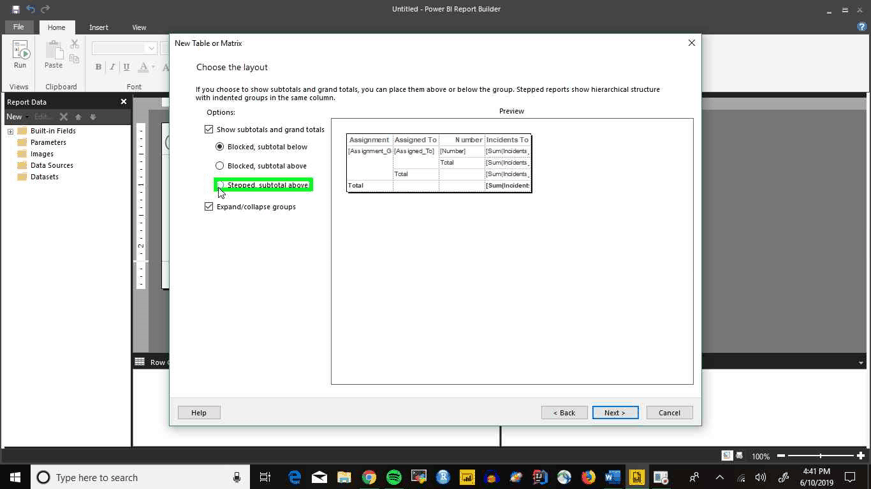
After all, a severe incident with dire consequences should be dealt with before a less-severe incident, right?īut the truth is, for most businesses, it’s more complicated than that. Without well-defined severity levels, it’s easy to waste vital time defining and explaining an incident’s urgency instead of resolving it.Īt first glance, incident severity seems like it would be the same as incident priority. The more well-defined your SEV levels are, the more likely it is that your team will be on the same page and able to react quickly and appropriately when incidents happen. Severity levels are useful for understanding impact quickly and setting priorities for the IT and DevOps teams. A minor inconvenience to customers, workaround available.git push, issue create) is significantly impacted A customer-facing service is unavailable for a subset of customers.A customer-facing service, like Jira Cloud, is down for all customers.


.png)
SeverityĪ critical incident with very high impact Typically, the lower the severity number, the more impactful the incident.įor example: At Atlassian, we define a SEV (severity) 1 incident as “a critical incident with very high impact.” This could include a customer data loss, a security breach, or when a client-facing service is down for all customers.Ī SEV 2 incident is a “major incident with significant impact,” including when a client-facing service is down for a sub-set of customers or a critical function within a system is not functioning.Īnd a SEV 3 incident is “a minor incident with low impact,” such as a system glitch that is causing customers slight inconvenience.Īt Atlassian, SEV 3 incidents can be handled during daytime/working hours, while SEV 1 and SEV 2 incidents generate an alert for on-call professionals for an immediate fix no matter the time of day. Incident severity levels are a measurement of the impact an incident has on the business.


 0 kommentar(er)
0 kommentar(er)
